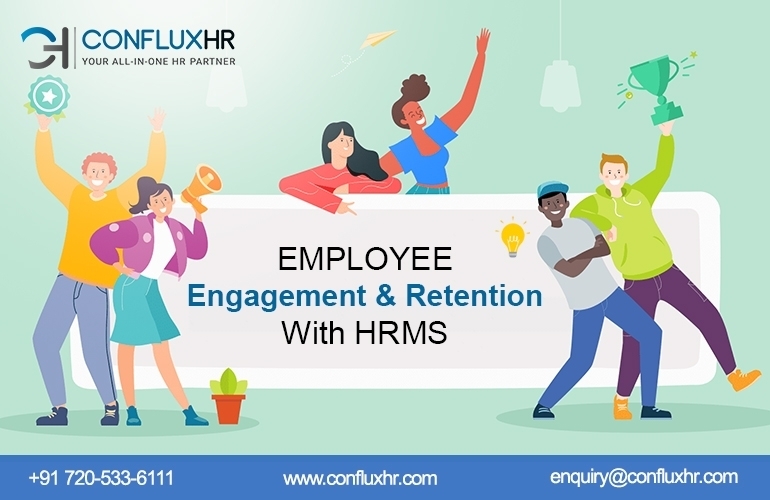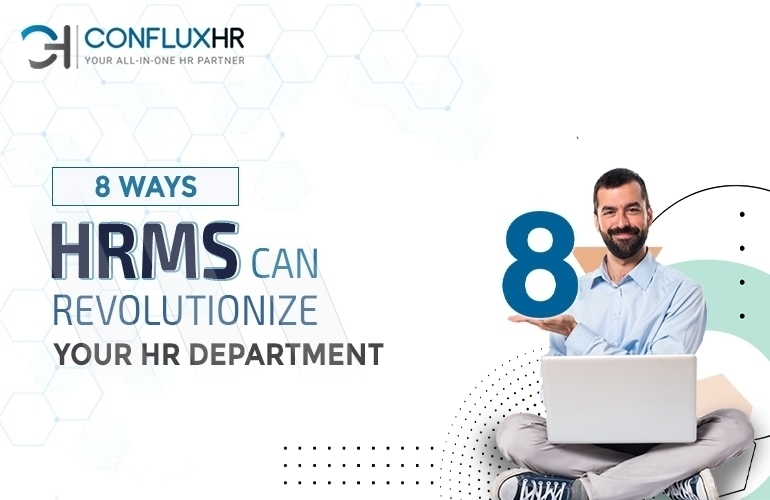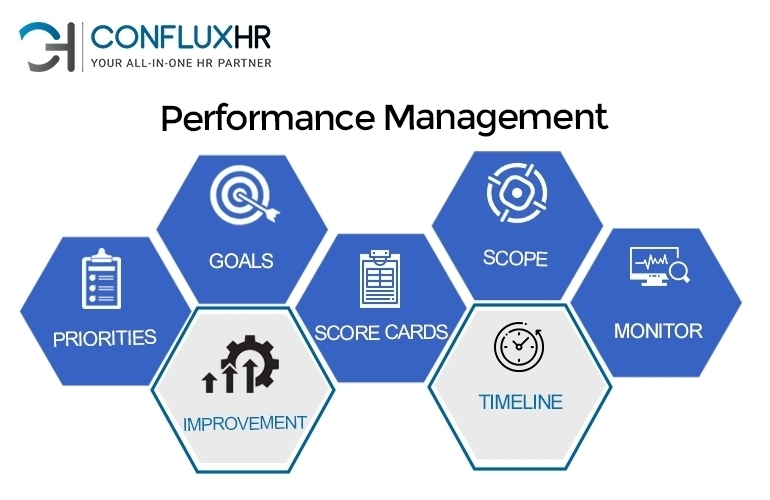Employee engagement and retention are critical issues for any organization, regardless of size or industry. Engaged and motivated employees are more productive, innovative, and committed to their work, leading to better business outcomes.
Conversely, disengaged employees are more likely to leave their jobs, leading to costly turnover and negatively impacting organizational culture.
Fortunately, HRMS systems can play a crucial role in improving employee engagement and retention. This blog post will discuss how ConfluxHR, an HRMS platform, can help organizations improve employee engagement and retention.
Employee self-service
One of the most critical features of an HRMS system that can help improve employee engagement and retention is employee self-service. ConfluxHR provides an intuitive self-service portal that allows employees to access their personal information, such as their time off balances, pay stubs, and benefits information, all in one place.
This feature reduces the administrative burden on HR departments and empowers employees to manage their HR tasks, such as updating personal information, requesting time off, and accessing HR policies.
By providing employees with easy access to HR information, ConfluxHR enables them to feel more connected to the organization and better understand their roles within it. This increased transparency and communication can lead to higher engagement and commitment to the organization.
Performance Management
Another critical feature of an HRMS system that can improve employee engagement and retention is performance management. ConfluxHR provides a comprehensive performance management module that allows organizations to set goals, track progress, and provide employee feedback and recognition.
The system also supports continuous performance management, which allows for ongoing feedback and coaching between employees and managers throughout the year.
By implementing a robust performance management process, ConfluxHR enables employees better to understand their roles and responsibilities within the organization. It also provides employees with opportunities to receive feedback and recognition, which can help them feel valued and motivated.
This, in turn, can lead to increased engagement and retention, as employees feel that their contributions are recognized and appreciated.
Learning and Development
Employee development is critical to engagement and retention, as employees who feel they are growing and developing within their roles are more likely to stay with an organization.
ConfluxHR offers a comprehensive learning management system that enables organizations to provide employees with access to training and development opportunities. The system allows organizations to create and deliver customized training content, track employee progress, and assess the effectiveness of training programs.
By providing employees with access to training and development opportunities, ConfluxHR enables them to build their skills and capabilities, increasing their value to the organization.
Investing in employee development, organizations demonstrate a commitment to their employees’ growth and success, which can help to foster a culture of engagement and retention.
Rewards and Recognition
Rewards and recognition are critical to employee engagement and retention, as they demonstrate an organization’s appreciation for its employees’ contributions.
ConfluxHR provides a rewards and recognition module that allows organizations to set up and manage reward programs, track employee participation, and monitor the impact of rewards programs on employee engagement.
By implementing a robust rewards and recognition program, ConfluxHR enables organizations to demonstrate appreciation for their employees’ contributions. This can help foster a culture of engagement and commitment, as employees feel their efforts are recognized and valued.
Also, by monitoring the impact of rewards programs on engagement, organizations can make data-driven decisions about improving their programs and maximizing their impact on employee retention.
Communication and Collaboration
Effective communication and collaboration are critical to employee engagement and retention. ConfluxHR provides a robust communication and collaboration platform that enables organizations to communicate with employees through multiple channels, such as email, chat, and social media.
The system also supports collaboration, enabling employees to collaborate on projects and share information and resources.
ConfluxHR enables employees to feel connected to their colleagues and the organization by enabling effective communication and collaboration. This can help to foster a sense of community and shared purpose, which can lead to higher levels of engagement and retention.
Additionally, by providing employees with opportunities to collaborate and share ideas, ConfluxHR can help to drive innovation and creativity, leading to better business outcomes.
Last But Not The Least
In conclusion, HRMS systems, such as ConfluxHR, can play a crucial role in improving employee engagement and retention.
By providing employees with access to self-service tools, performance management processes, learning and development opportunities, rewards and recognition programs, and communication and collaboration platforms, organizations can create a culture of engagement and commitment that drives better business outcomes.
If you want to improve employee engagement and retention in your organization, consider implementing an HRMS system like ConfluxHR. Doing so can empower your employees, improve your HR processes, and drive better business outcomes.







